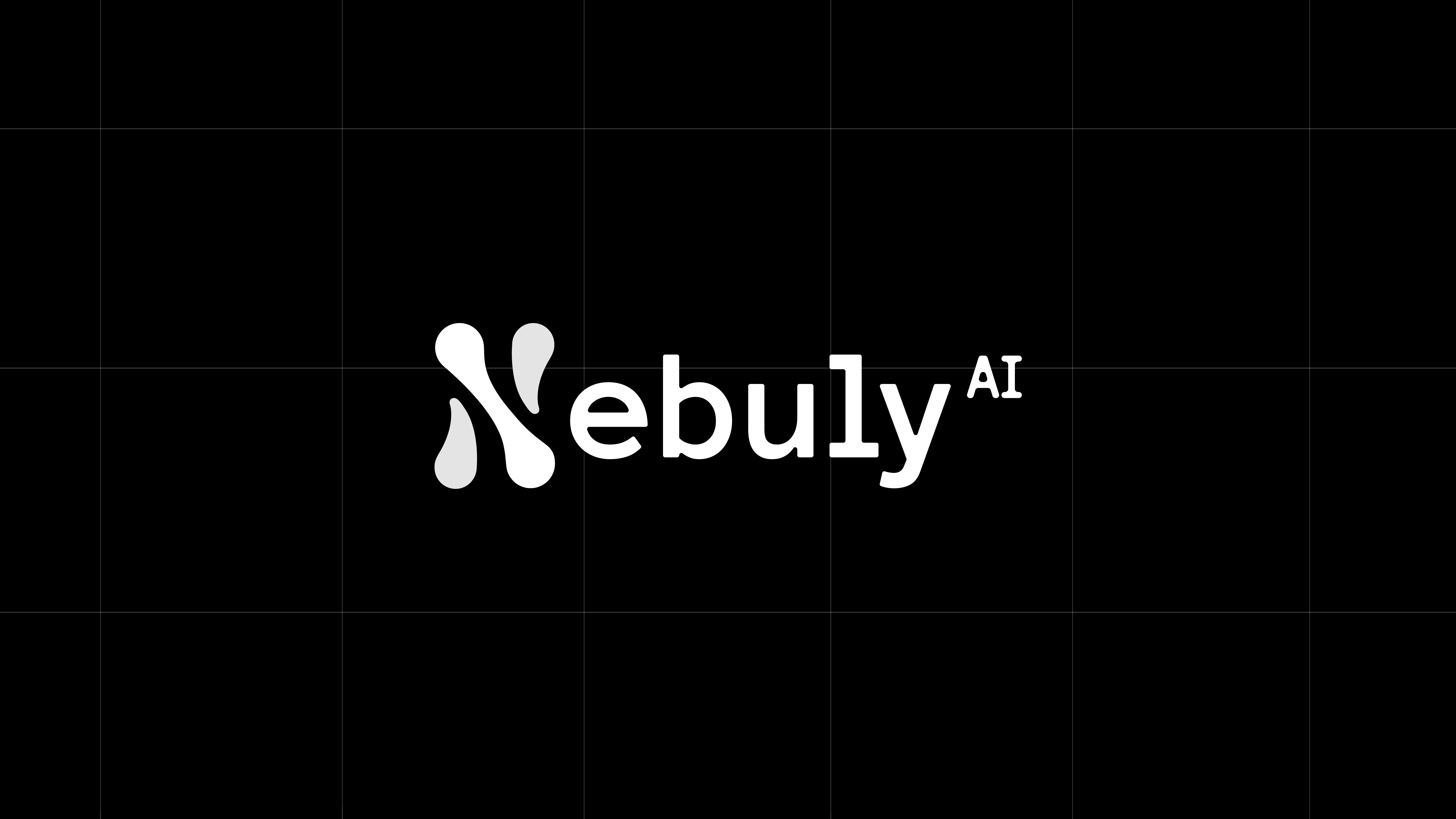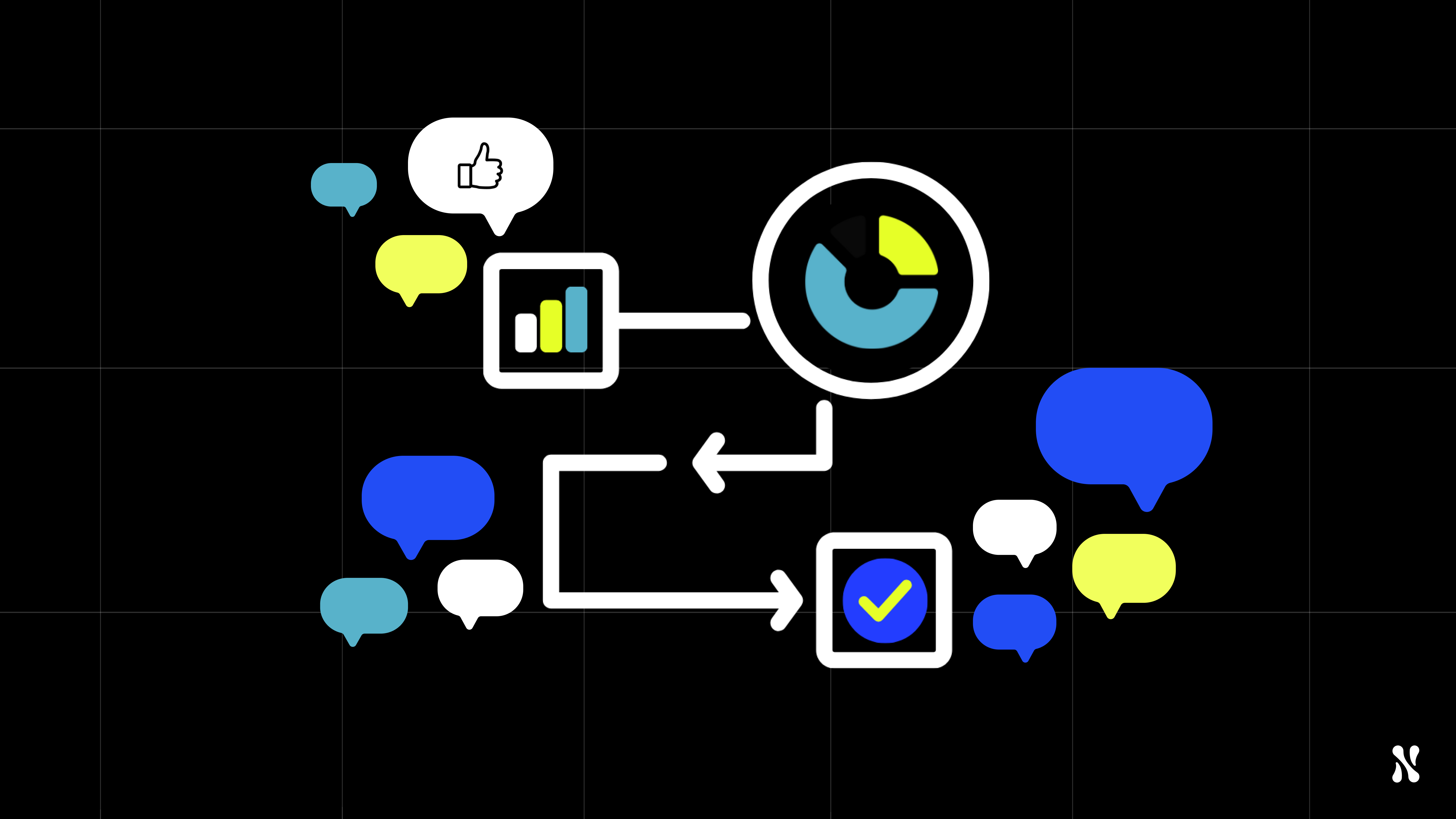Product usage analytics has become an indispensable tool for product managers and business leaders. By tracking and analyzing how users interact with a product, product usage analytics provides valuable insights that drive product improvement, customer satisfaction, and long-term business growth. With the rise of AI-powered products, especially those using large language models (LLMs), the landscape of product usage analytics is evolving rapidly. This blog post will explore what product usage analytics is, how it has traditionally been used, and how new analytics tools must adapt to the changing nature of user interaction in the era of LLM-based products.
What Is Product Usage Analytics?
Product usage analytics refers to the process of collecting, analyzing, and interpreting data about how users interact with a product. This includes tracking everything from clicks and page views to user actions, session lengths, and feature usage. Product usage analytics helps companies understand which features are most popular, where users drop off, and what elements of the product might need improvement.
Traditionally, product usage analytics tools and product usage analytics software have enabled product managers to gather critical insights, such as:
- User Engagement: Identifying how often users interact with different features and how long they spend using them.
- User Retention: Understanding which actions lead to higher retention and why users return (or don’t) to the product.
- Funnel Analysis: Tracking the steps users take from onboarding to performing key actions, helping identify where users drop out of the process.
- Feature Adoption: Analyzing which features users find valuable, which they ignore, and how these patterns change over time.
- User Cohorts: Segmenting users based on behavior or characteristics to compare how different groups interact with the product.
These insights have historically empowered product managers to make data-driven decisions, optimizing products for better engagement, higher conversion rates, and improved user experiences. However, the way users interact with products is changing, especially as AI and LLM-powered products enter the market.
The Evolution of Product Usage Analytics with LLM-Based Products
With the introduction of conversational AI and LLM-powered products, traditional methods of tracking user interactions are no longer sufficient. Instead of clicking through menus or filling out forms, users are now interacting with products by engaging in natural language conversations. The outcome metrics like retention and user engagement remain the same, but the interaction patterns and metrics that drive these outcomes have changed.
For example, when a user engages with a chatbot or virtual assistant powered by an LLM, the interaction is no longer defined by discrete actions like button clicks or page views. Instead, the focus shifts to understanding the flow of conversation, user intent, and how effectively the product is meeting the user's needs in real time.
As a result, product usage analytics tools need to evolve to capture these new dimensions of user interaction. Here are some of the key areas where product usage analytics needs to adapt to provide meaningful insights:
- User Intent Analysis: In LLM-based products, it's critical to identify what the user is trying to achieve with each interaction. Traditional analytics might miss this subtlety, but new tools must detect whether the user is asking for information, seeking advice, or requesting a task to be completed.
- Conversation Flow Mapping: Unlike simple clicks, conversations with LLMs involve a series of exchanges. Product managers need to map the entire conversation flow to see how users navigate through different topics, what questions they ask, and whether they are satisfied with the responses.
- Sentiment and Emotion Tracking: Conversational products need to gauge user satisfaction in real time by analyzing emotional cues and sentiment within the conversation. Are users frustrated, confused, or happy with the answers provided by the LLM? Monitoring sentiment provides direct feedback on user satisfaction.
- Topic Detection and Relevance: Product usage analytics software should be able to detect the most common topics users discuss and evaluate whether the LLM's responses are relevant and helpful. This is especially important for improving the AI's performance and ensuring that the product meets user expectations.
- Engagement vs. Frustration: A key challenge for AI products is distinguishing between engaged users who ask follow-up questions because they are interested and users who are frustrated because they didn’t get the right answer. Product analytics tools must detect these patterns and identify the moments when users disengage or churn.
By addressing these key areas, product usage analytics software can help product managers gain deeper insights into user behavior, especially in the context of AI-driven, conversational products.
Product Usage Analytics for LLM-Based Products
Nebuly is a purpose built product usage analytics tool designed to handle the unique challenges of analyzing LLM-based products. It goes beyond traditional metrics like clicks and session lengths, offering insights into user intent, conversation flow, sentiment analysis, and user satisfaction.
Nebuly’s platform automatically tracks and analyzes conversations between users and LLMs, making it easier to identify engagement patterns, detect frustration, and optimize AI interactions. With Nebuly, product managers can:
- Understand User Intent: Gain visibility into the primary objectives of each user interaction, whether they are looking for answers, advice, or assistance.
- Analyze Conversation Flow: Map the entire flow of conversations to identify common paths, pain points, and areas where users drop off.
- Monitor Sentiment and Emotional Cues: Track real-time emotional signals to ensure that users are having positive experiences and make improvements where necessary.
- Optimize User Retention: Use Nebuly’s powerful insights to understand why users return, what features drive retention, and where the LLM needs improvement.
By leveraging Nebuly, companies can ensure that their LLM-powered products are delivering high-quality, conversational experiences that meet user expectations, driving both engagement and long-term success. If you'd like to learn more about Nebuly, please request a demo here.






